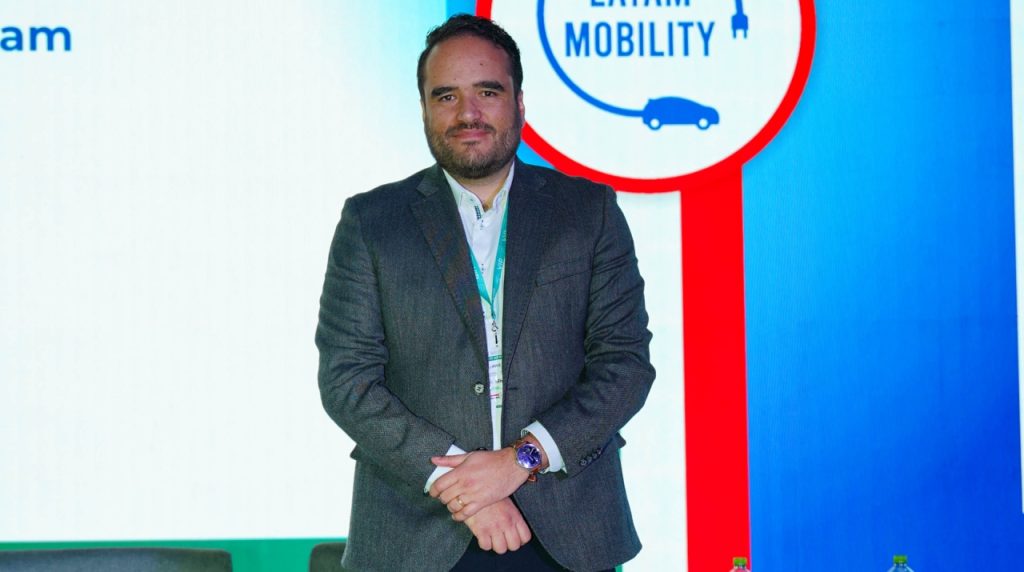At the Latam Mobility & Net Zero: Mexico 2024 event, Felipe Gallego, COO of Megaflux, introduced the Taruk project, a public transportation solution designed and manufactured in Mexico.
“Taruk means ‘road runner’ in the Yaqui language; it’s the result of a technical and strategic collaboration to create a high-efficiency electric bus, addressing the urgent need for sustainable transportation in our country,” stated Gallego.
Public transportation is essential in Mexico, with approximately 50% of the population relying on these systems. Cities like Mexico City, Guadalajara, and Monterrey face serious pollution issues. “Our goal with Taruk is to provide a national solution that reduces environmental impact, improves air quality, and boosts the economy,” Gallego added.
The Taruk Project: 100% Mexican and Sustainable
Developed with 70% of its components sourced locally, the Taruk bus is the result of a collaboration with CONACYT and DINA. It features a chassis and powertrain designed and manufactured in Mexico, along with a high-efficiency permanent magnet motor ideal for reducing energy consumption.

The benefits of local manufacturing are substantial: for every 100 pesos invested in buses produced in Mexico, the economic impact is 8 times greater compared to an imported bus. Additionally, producing these vehicles can create up to 25 jobs for every two units manufactured, compared to just 3 jobs when imported.
Megaflux
Megaflux was founded in 2013 as an offshoot of Potencia Industrial, a Mexican company with over 80 years of experience in capital technology.
“Since then, we’ve implemented innovative solutions, such as the conversion of electric taxis in 2016, with outstanding results. The taxis converted nearly a decade ago are still operating, with over 3 million electric kilometers traveled by this fleet,” noted Gallego.
Features
The Taruk bus is designed to meet a variety of needs. Its compact size of 9.5 meters makes it perfect for areas with limited space. Additionally, single-step access and available space for passengers with disabilities enhance its universal accessibility.
“Battery configurations vary, with an option of 179 kWh for lower-demand routes and 282 kWh for longer trips, ensuring flexibility and efficiency,” continued Gallego.
“In collaboration with the Autonomous Metropolitan University (UAM) of Iztapalapa, Ciatecu, and UNAM, we have made progress in battery validation, thermal characterization, and field testing to guarantee optimal and safe performance of the bus,” he concluded.



